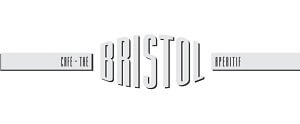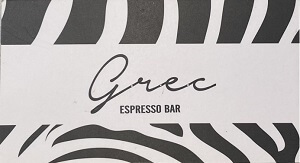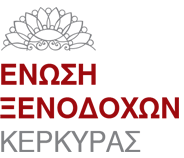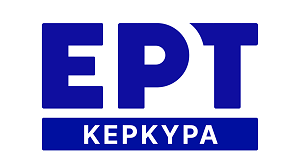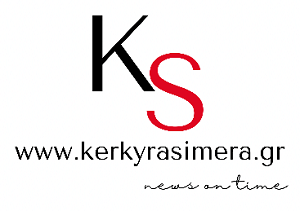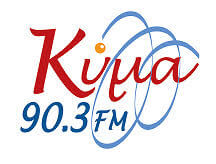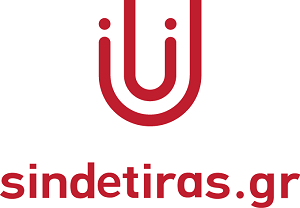In this paper we propose a system for analysis of works of radio art, which is based on the examination of their narrative organization, that is the way meaning is produced by the narrative diversification of the various mono-sensorial, i.e. sound based, structural elements that constitute a work. Radio drama or Hörspiel (radio play) is developed upon three distinct dimensions: Vocal, Music and - so called - Sound Effects.
Radio art emerges from radio drama, transcending the functional independence of these dimensions and the preeminence of Vocal components' narrative priority by expanding the importance of Sound Effects and Music and treating them as equally essential elements in this perspective. The result is a more complex sonic art form where narrative priorities and dimensional independence are breaking down rendering analysis of radio artworks an equally complex task.
We are presenting a system that analyses these complexities developing a hierarchical, pluridimensional set of criteria such as the narrative dimension, the hierarchical time scales, the semantic levels,the types of syntactical organization, the types of linearity (i.e. temporal organization), the types of multiplicity and of textural complexity (i.e polyphonic organization).All these criteria are based on models from theory of electroacoustic music, semiotics and music psychology and are comprehensive enough to cover the analysis of the most part of the repertory of radio art works as well as their various aesthetical directions.
With this short introduction to the analytical system of the narrative organization of radio art we hope to show that the development of this system contributes to the study and classification of radio works and opens a new field of applications in many creative directions regarding perceptual strategies in understanding sonic art in general.
Back
SPONSORS
 Agora Restaurant Grill House
Agora Restaurant Grill House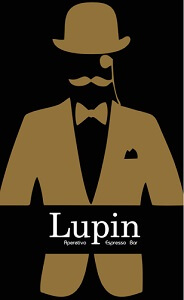 Lupin Aperitivo Espresso Bar
Lupin Aperitivo Espresso Bar

